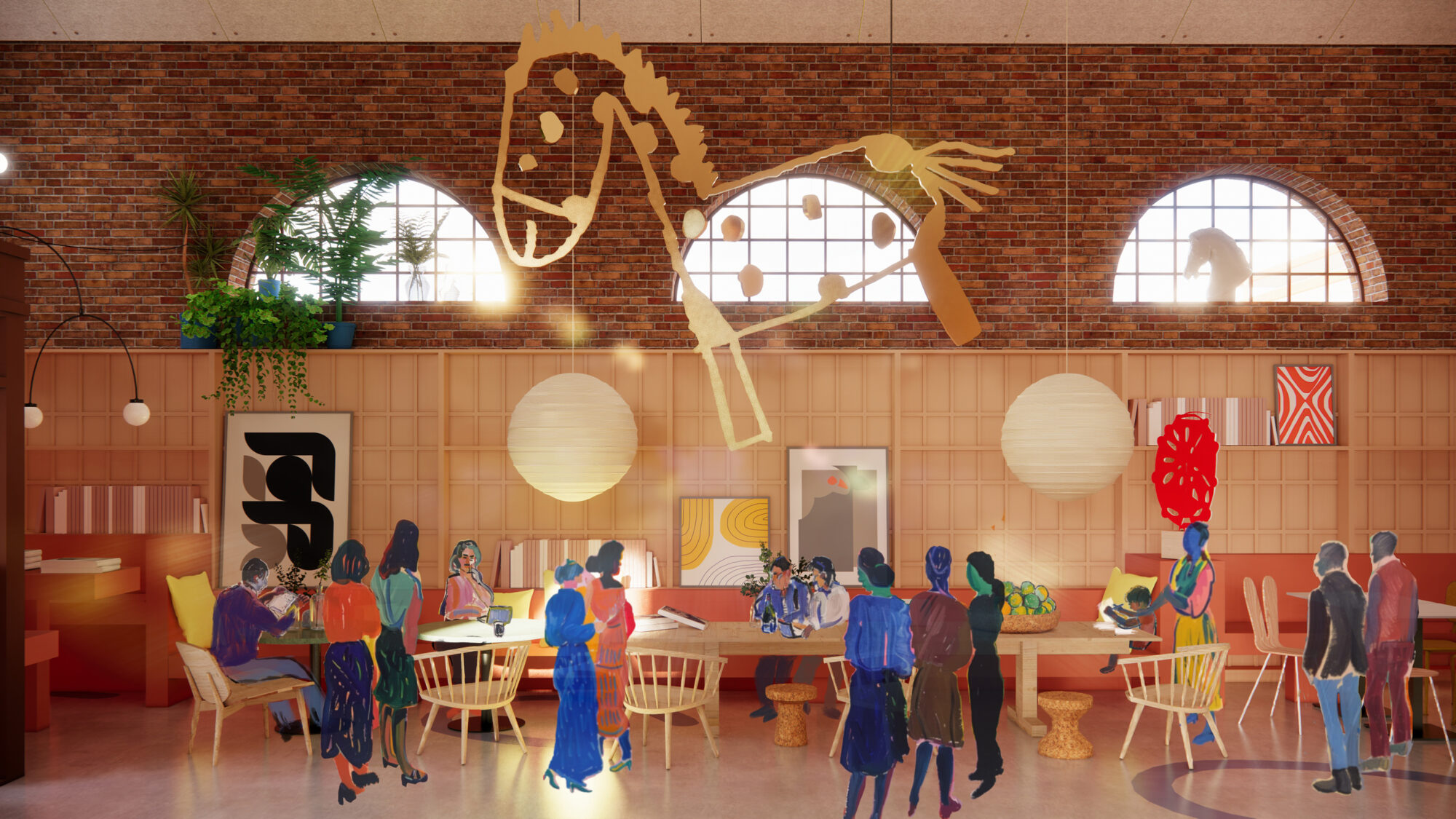2024-10-07
The architect a key player in the future of sustainable retail environments
Growing e-commerce and increased demands for sustainable consumption are two powerful trends that are radically reshaping the conditions for commerce. We delve deeper into the future of retail and how architects can contribute to the development of sustainable retail environments.
The city as the main arena where people meet, socialize, shop and enjoy themselves - it's hard to imagine anything else. But what happens to the city when we increasingly choose to shop for food, clothes, gadgets, furniture, art, etc.
If we want to continue to have visitor-friendly and lively city centers, knowledge of the conditions and needs of physical trade is crucial. This is the opinion of Fredrik Kjellgren, architect and interior designer at FOJAB, and Carl-Johan Viklund, architect and retail expert who collaborates with FOJAB.
- "There is often a desire for vibrant ground floors and shops on every corner, but not every location is suitable for retail," says Carl-Johan. Where does commerce need support and stimulation, and where should content be changed? How should premises be designed to be flexible over time? How can we work with all the senses to create attractive environments?
A destination for everyone
It was really only during the pandemic that online shopping became a real challenge for physical stores. Both malls and city shops are trying to find their new roles. City stores are moving towards a more niche offering, sometimes with a more exclusive content, more experiential shopping than convenience shopping.
At the same time, it is important that the city does not only become a place for a certain type of consumer, but also a place for ordinary people, says Fredrik.
- "Our mission as architects will become even more important in the coming years if we want to keep the city as a destination for all," he says. "We need to study the places in cities where positive things are happening today, and emulate them when we build new ones.
Concepts for reuse
Alongside the rise of global online shopping, there is a trend working in the opposite direction. Carl-Johan Viklund and Fredrik Kjellgren have conducted a study for Alecta on how shopping centers can be developed in the direction of more sustainable trade.
The study resulted in a concept called Loopen, a commercial platform that supports the growing reuse trade. Today, many of the players in the more circular economy are small and lack the resources of the larger chains. The Loop helps these smaller players to collaborate and reach out. By being located in a shopping center, they can reach more people, not just customers who already shop second hand.
But the Loop is more than just retail. In addition to shops selling recycled goods and clothes, the concept includes a low-waste restaurant, a co-working space, a cultural area with library services, courses and an art gallery. There is also a workshop for the public to repair, renovate and upcycle.
Joyful design
It was a challenge to set the design for such a wide-ranging concept and mixed target audience. The overall theme was reuse, but the identity of the project had to suit both the masses and the already initiated.
- When it came to expressing this in the design, we felt that it wasn't enough to make it sustainable and beautiful, but that it needed to be fun and enjoyable too. Sustainable design tends to be a bit too boring and serious. We wanted to do something that broke with that," says Carl-Johan.
The result is an expression that is accessible yet has a deeper dimension. The inspiration comes from the Italian Memphis group from the 1980s and their bold color combinations, sensuality and dialogue with history.
- Sustainable trade has become something desirable and we see that the Loopen concept is highly topical and relevant. A pioneer for the future of retail," says Fredrik. "It is here - in the physical trade - that we as architects can bring together people, experiences, identity, places and goods.
